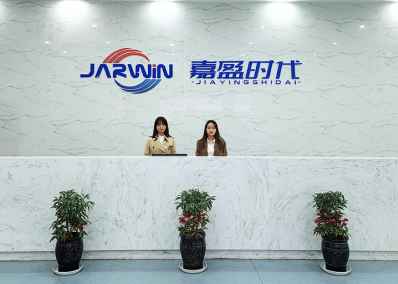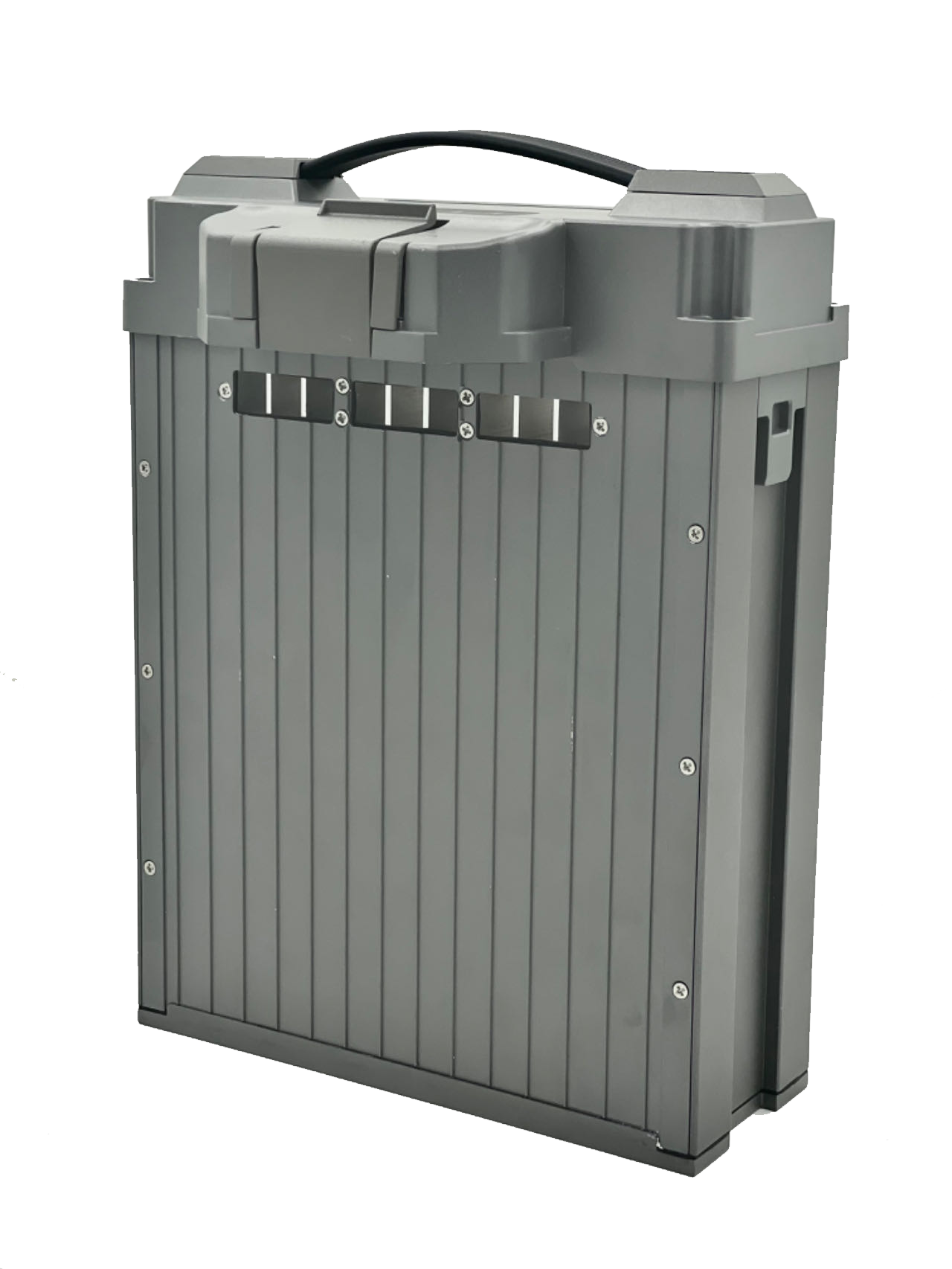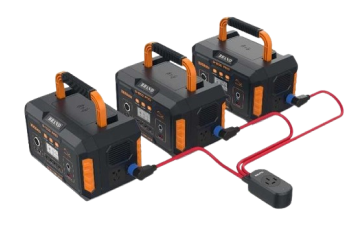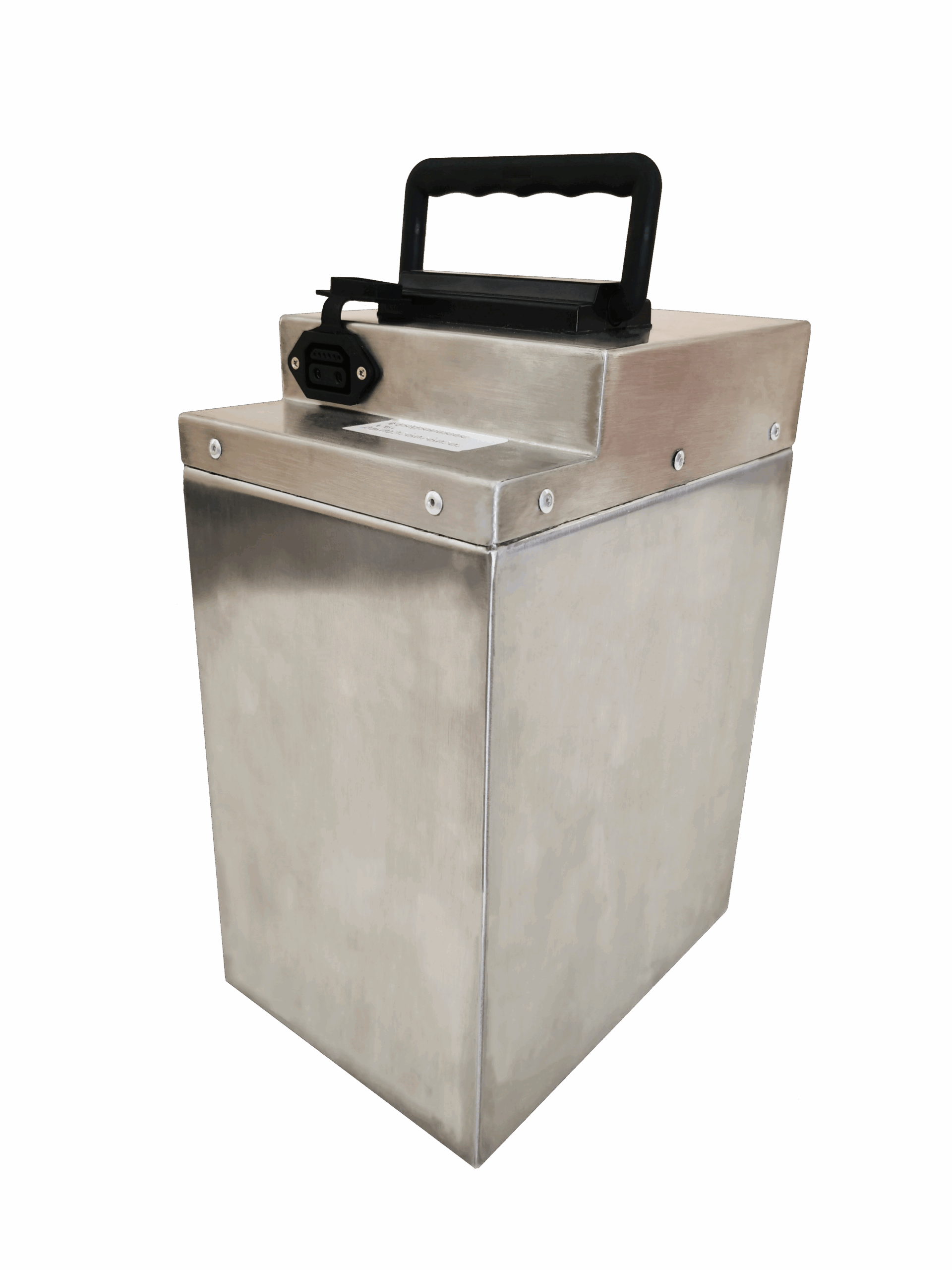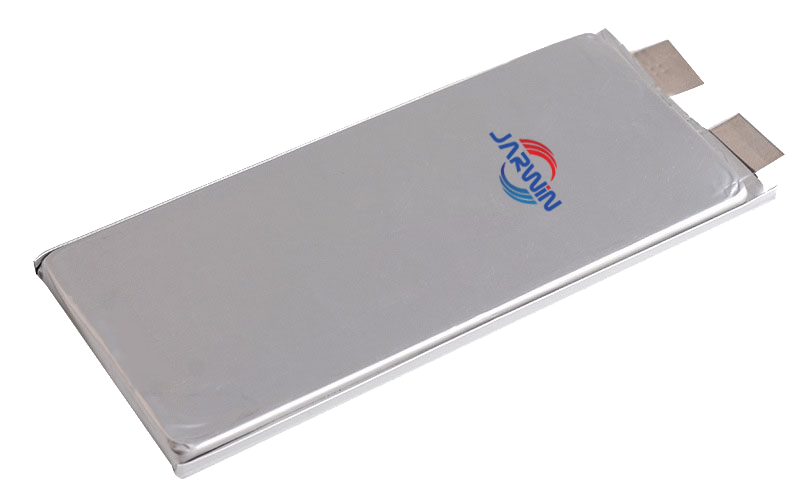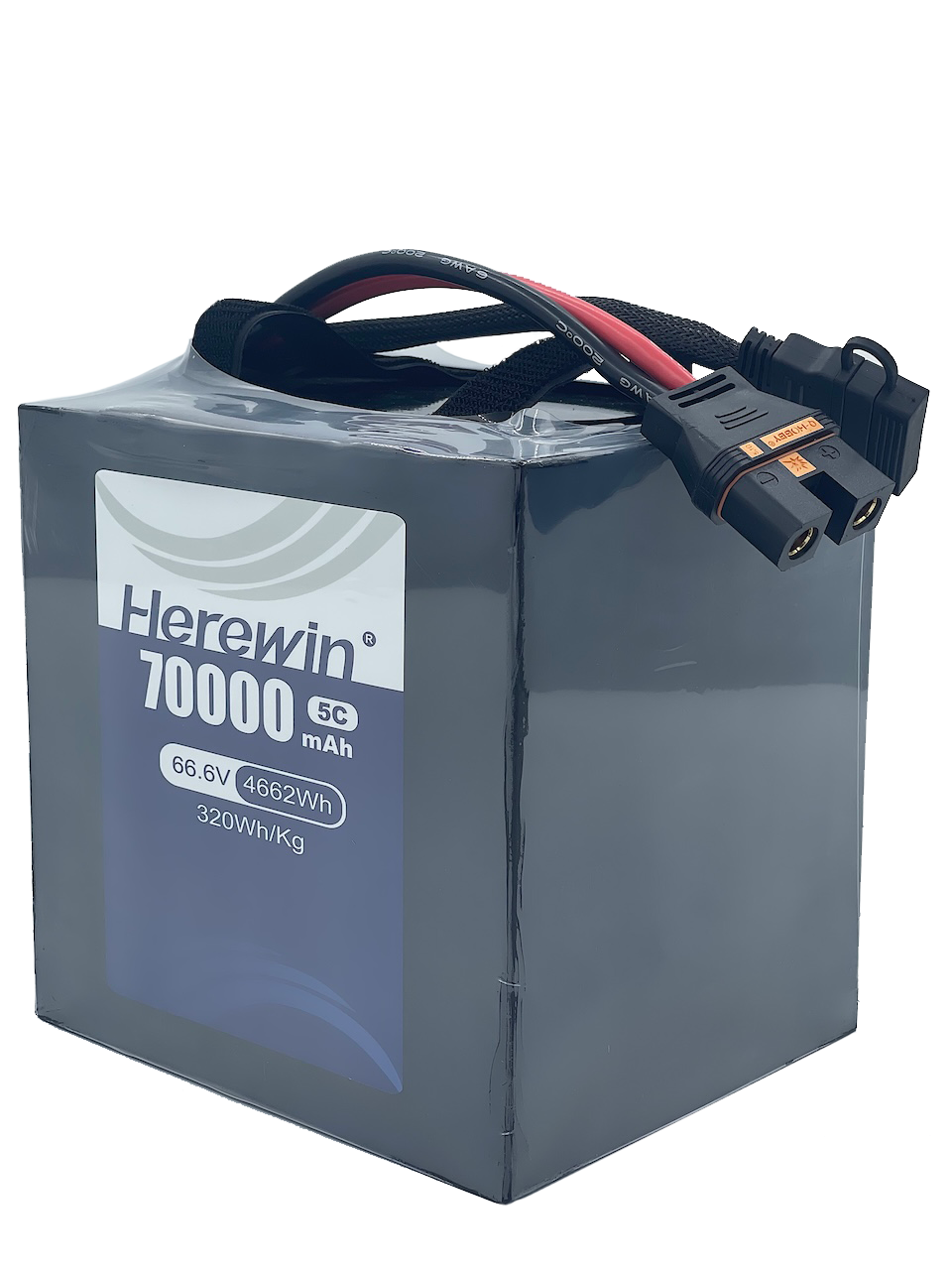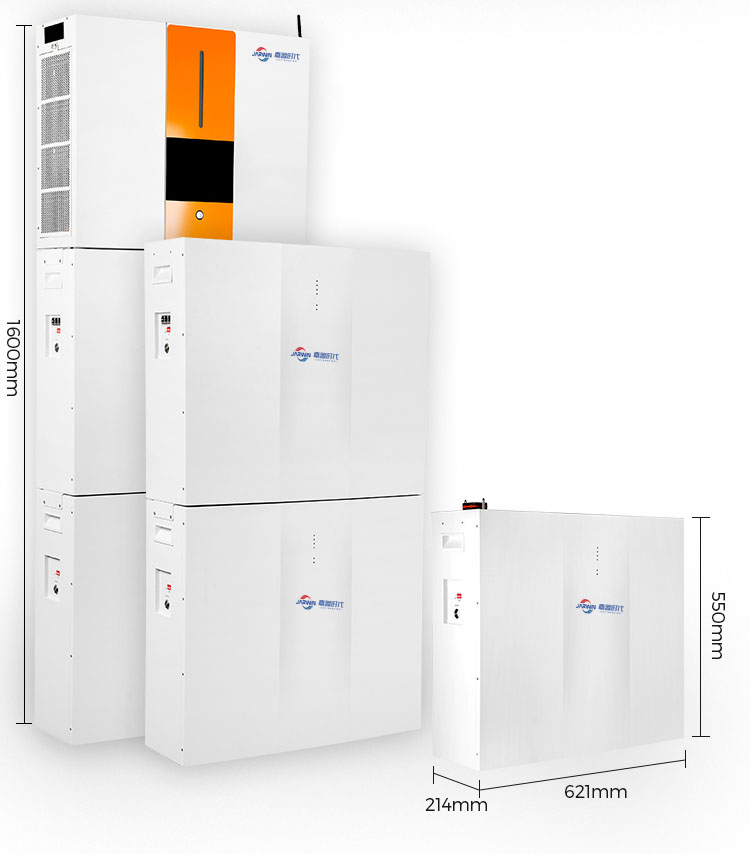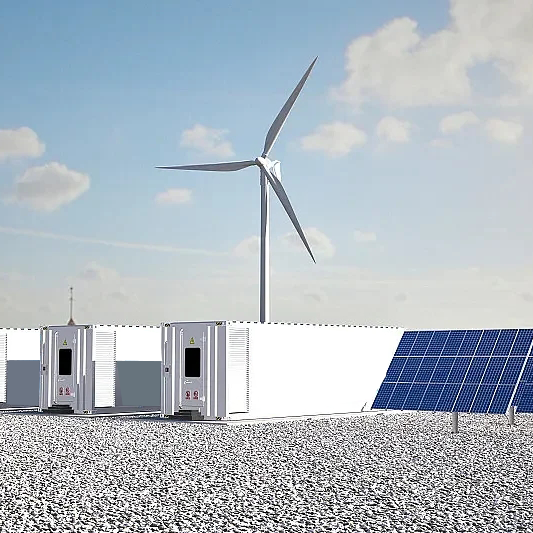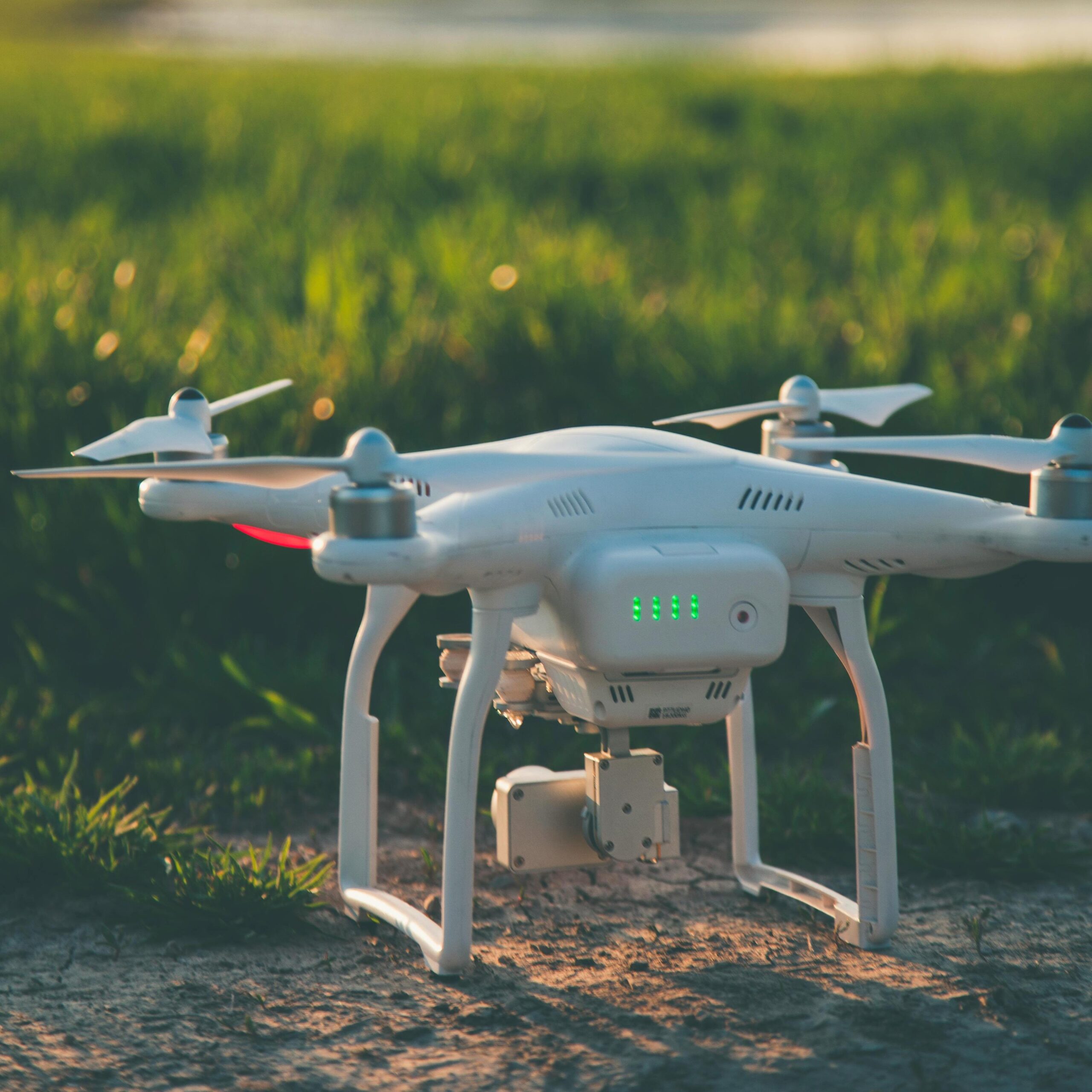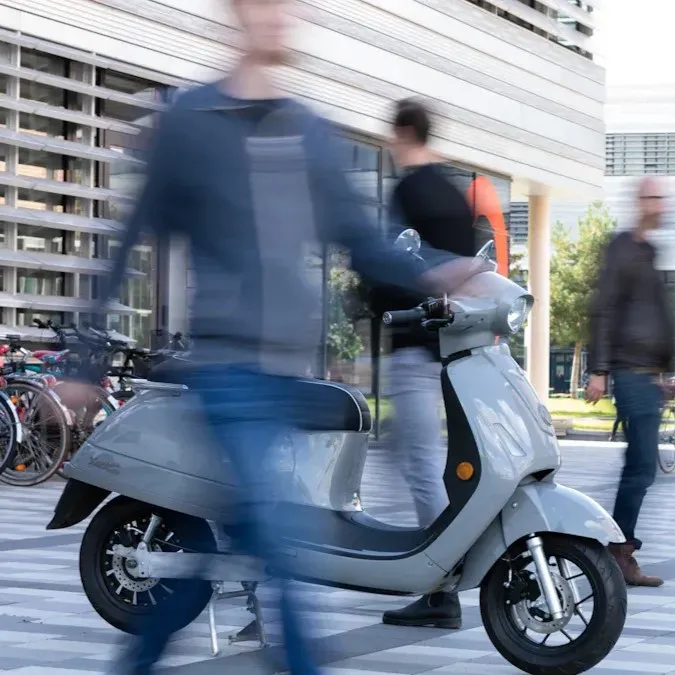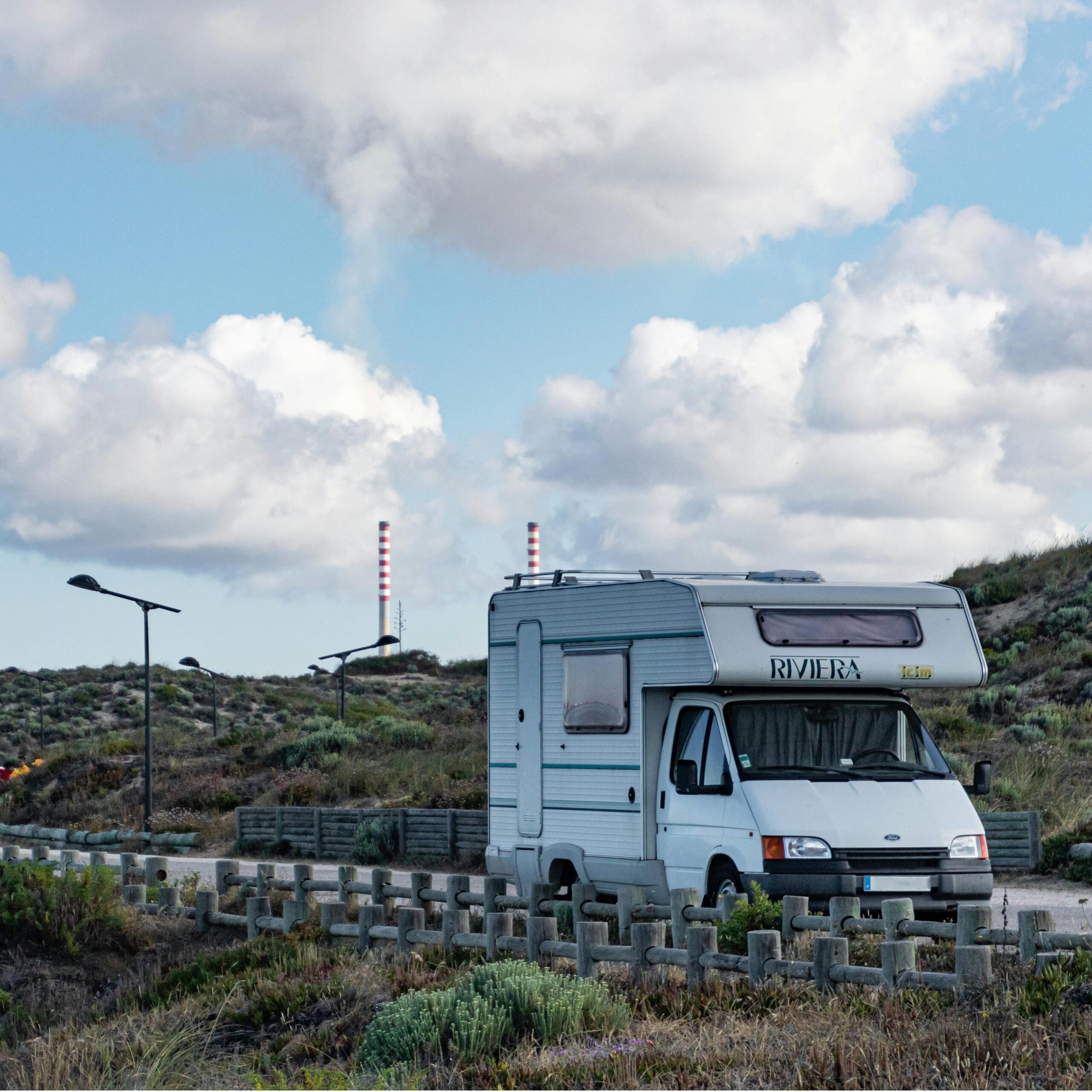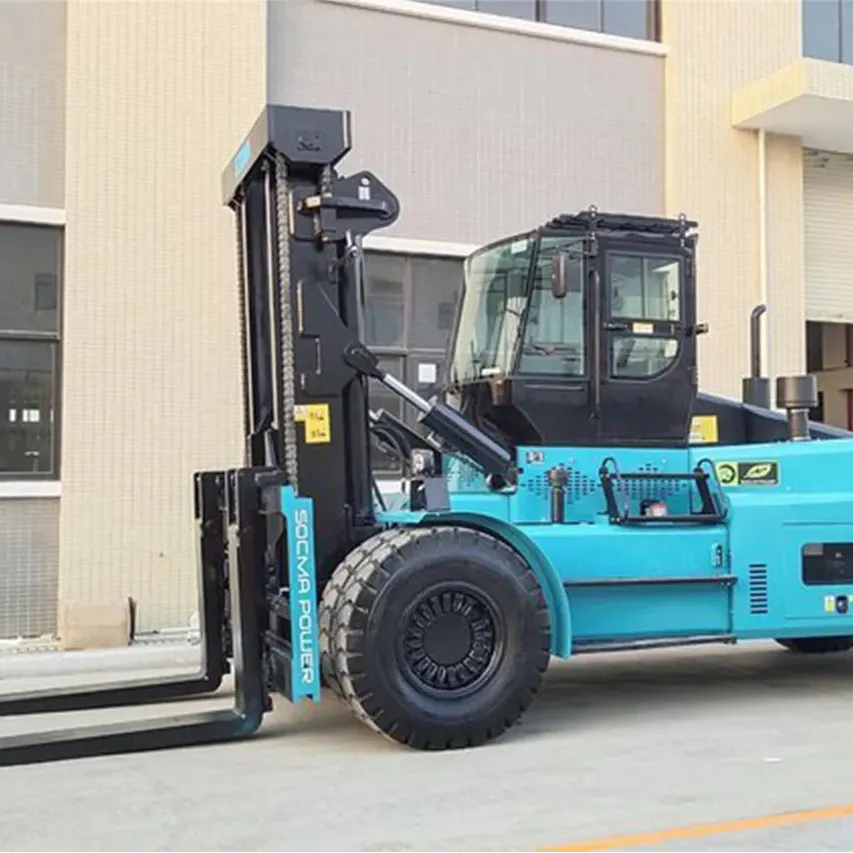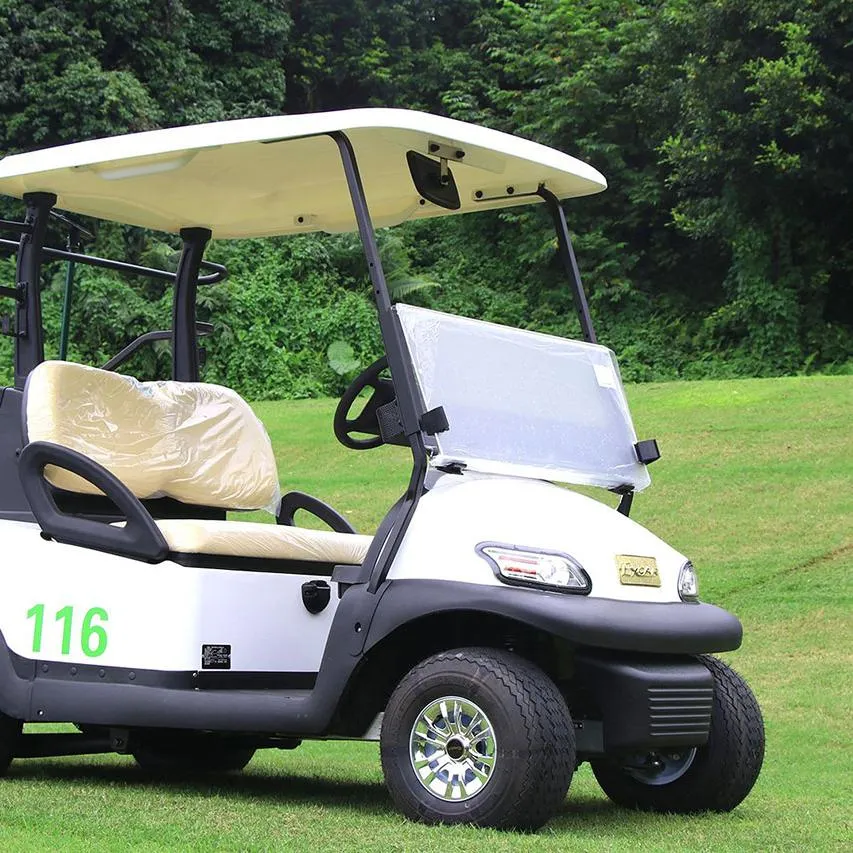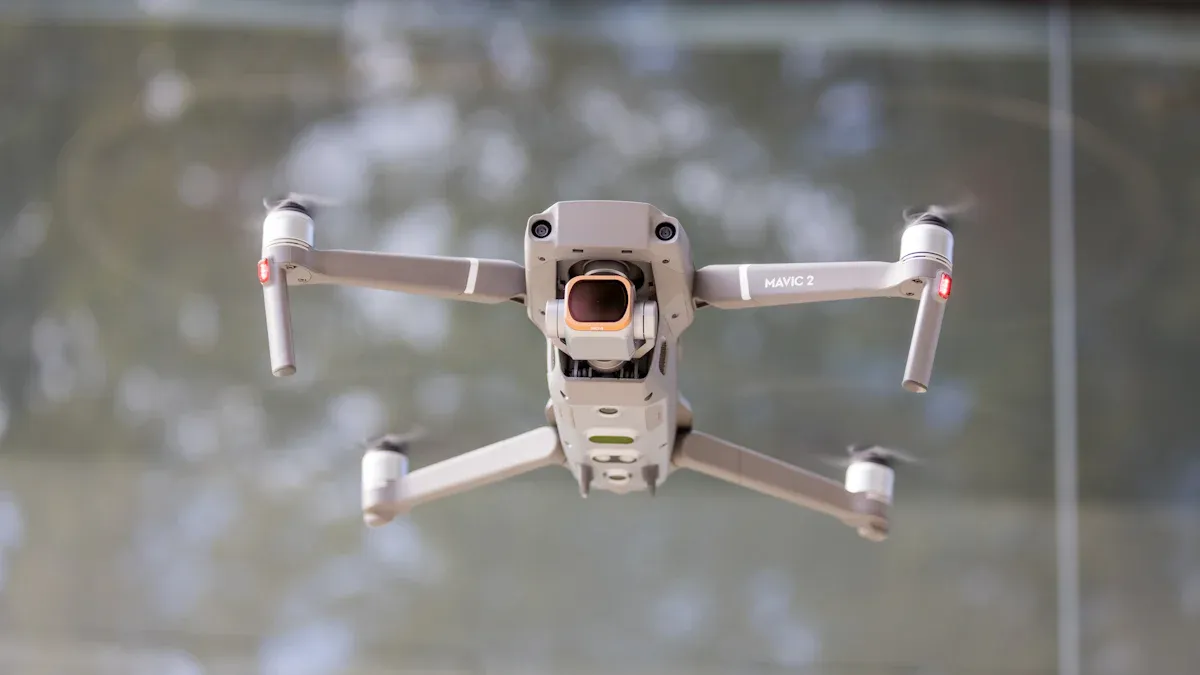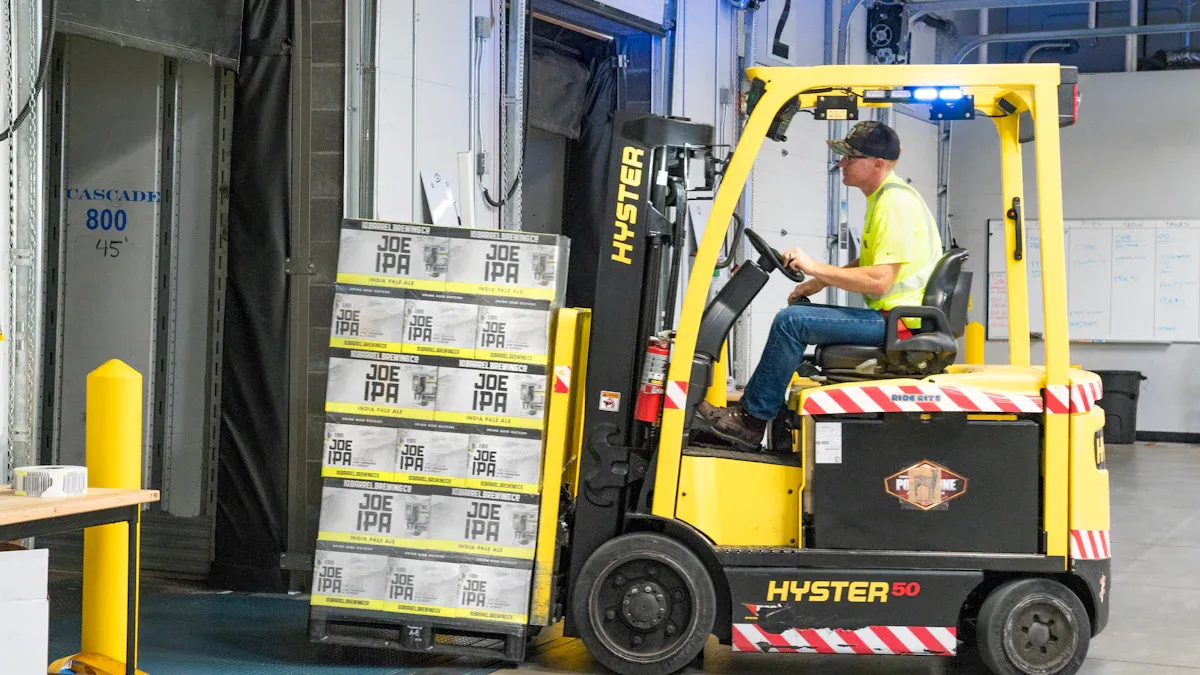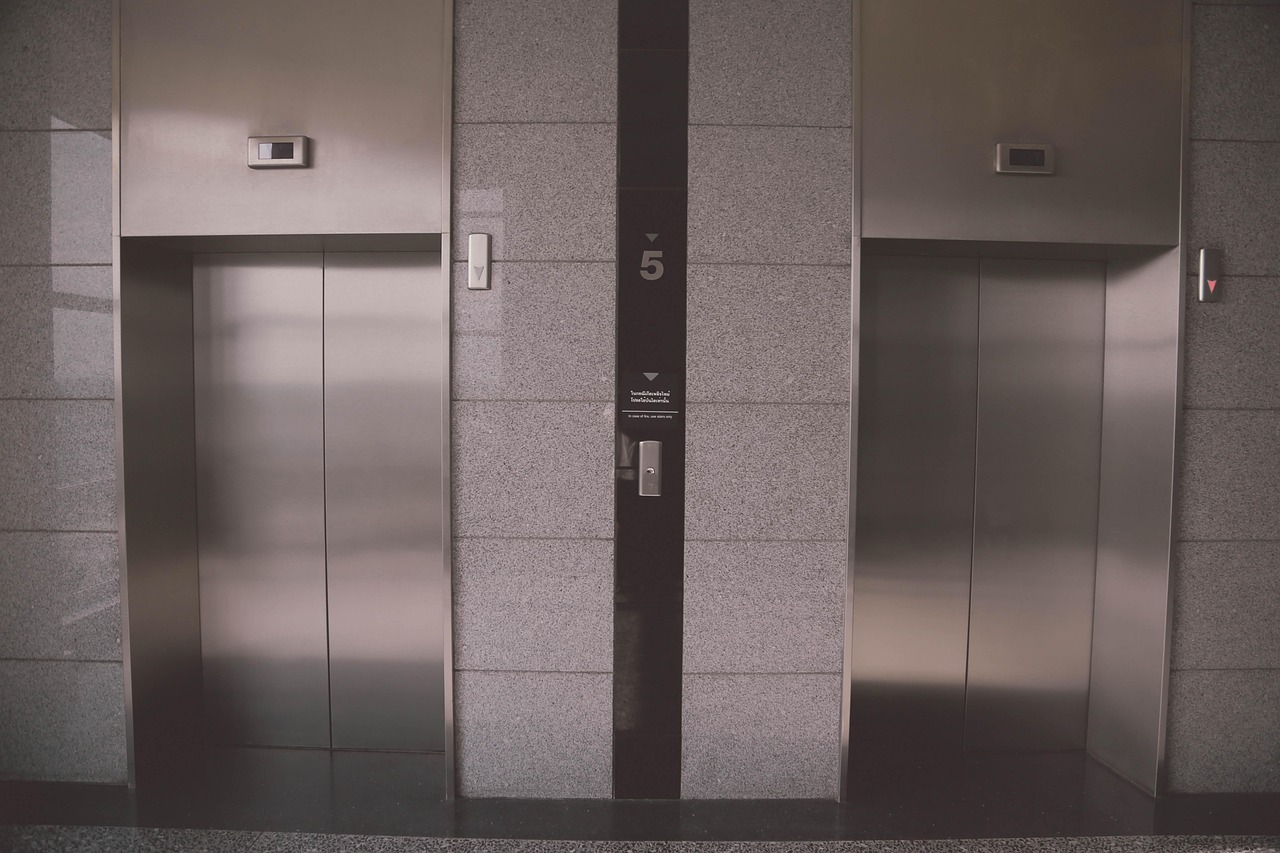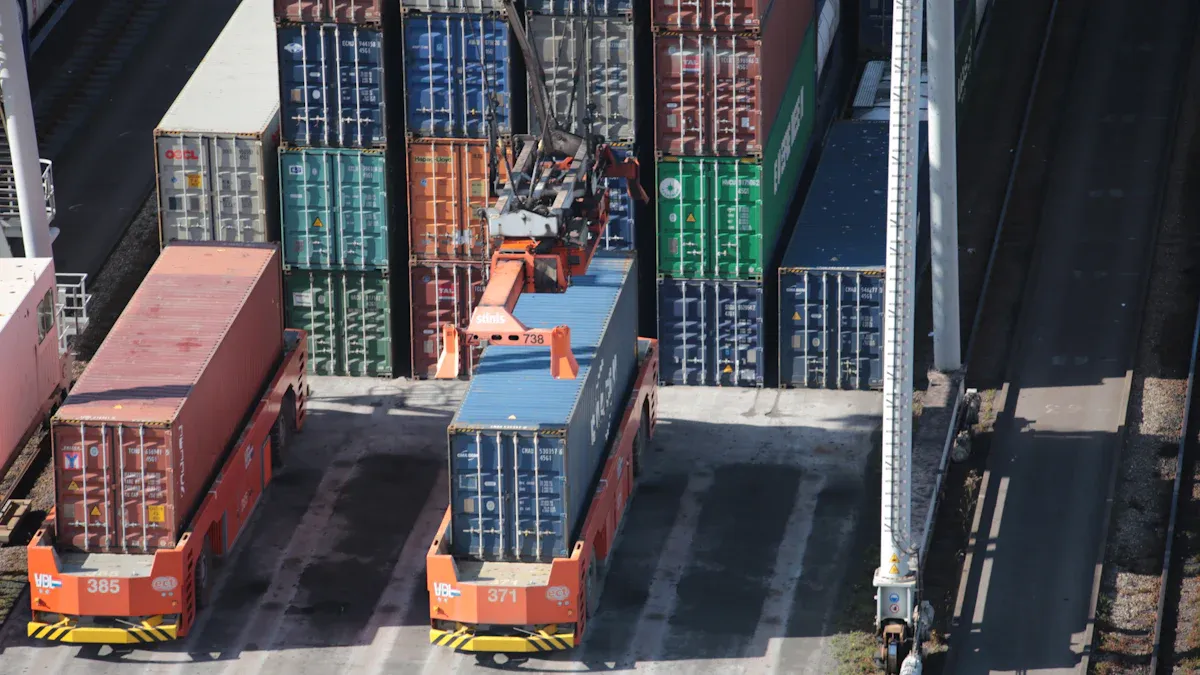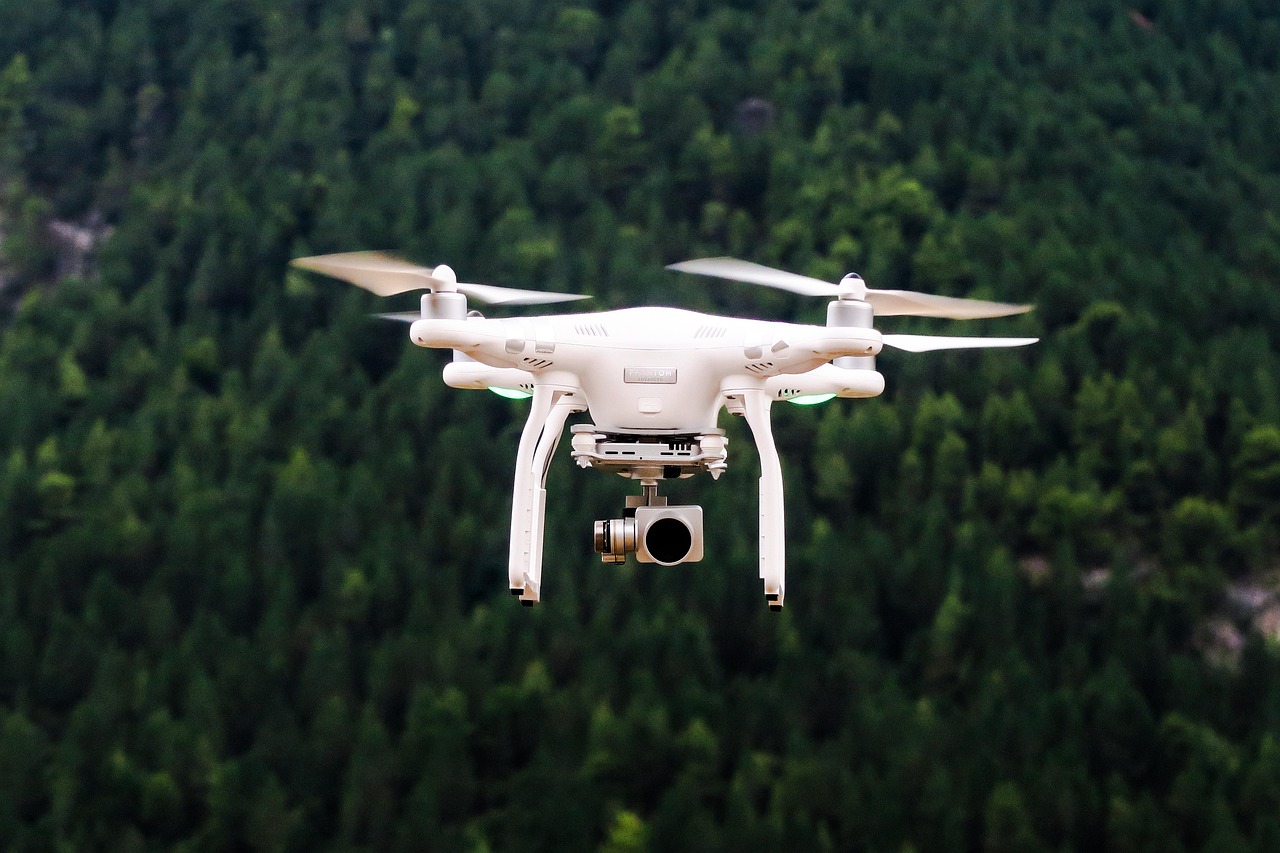
The drone logistics market is expanding rapidly, with a global growth rate of 18% per year. China and India are growing even faster, at 24.3% and 22.5%, respectively. To meet the increasing demand for faster, longer-range deliveries, drone fleets need high-performance batteries that enable longer flights, carry heavier payloads, and operate safely in various environments. Herewinpower provides advanced battery solutions to support these capabilities efficiently.
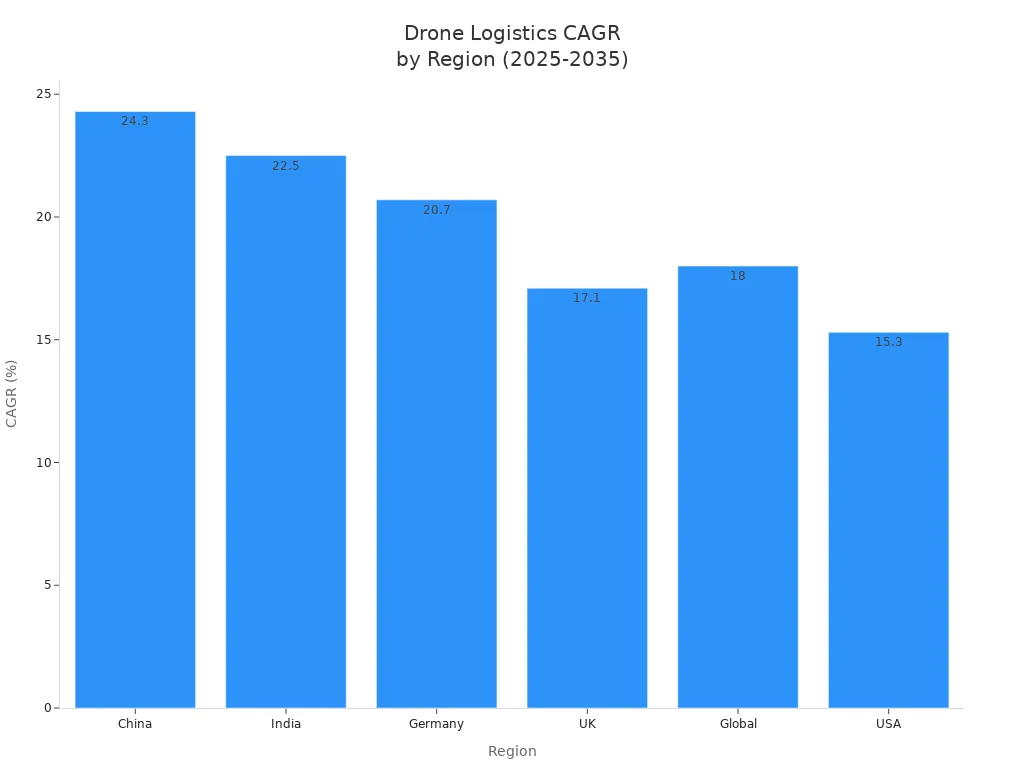
주요 내용
Advanced batteries help drones fly longer and carry more weight.
Drones can operate safely in tough weather.
Smart BMS prevents overheating, overcharging, and short circuits.
Choosing the right battery type and size keeps drones reliable.
Proper battery care and safe charging extends lifespan and reduces accidents.
New battery technologies and AI will enable drones to fly farther, charge faster, and work better.
Battery Technology in Drone Logistics
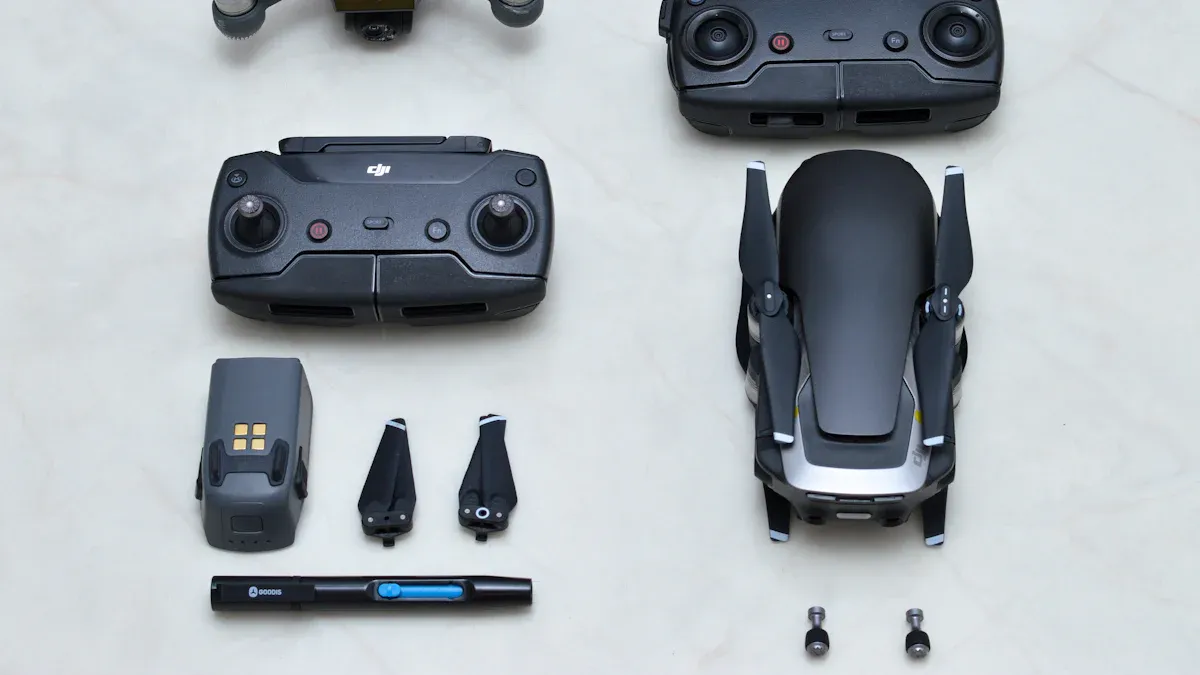
Battery Impact on Flight Range and Payload
Battery technology directly impacts drone range and payload. Lithium Polymer (LiPo) batteries are lightweight and ideal for fast deliveries, while Nickel-Cobalt-Manganese (NCM) batteries balance energy and weight for longer missions. Herewinpower’s 18S 44,000–60,000mAh battery, for example, enables a 48 kg industrial drone to carry up to 80 kg for 25 minutes, demonstrating reliable performance in demanding logistics operations.
Battery Technology | Key Characteristics | Typical Use Case | Herewinpower Advantage |
|---|---|---|---|
LiPo | Lightweight, high power | Quick urban deliveries | Custom packs for longer flight and payload |
NCM | High energy density, energy efficient | Medium-range missions | Reliable, longer cycle life |
LiFePO4 | Long life, enhanced safety, heavier | Safety-critical applications | Stable performance under extreme conditions |
Herewin 18S 30,000mAh | 고용량 | Medium payload drones | Efficient, reliable for medical/logistics deliveries |
Herewin 12S 22,000mAh | Lightweight, high energy | Light drones | Urban missions with full payload |
Herewin 18S 44,000–60,000mAh | Ultra-high capacity | Heavy-lift/long-range drones | Supports 62–206 kg payloads with high reliability |
Herewinpower’s advanced lithium battery packs deliver high energy, lightweight design, and reliable performance, enabling drones to meet a wide range of payload and mission requirements.
Reliability and Safety Considerations
Safety is very important for drones. Batteries can get too hot or break if used wrong. Using the wrong charger can also cause problems. That is why smart safety features are needed. Herewinpower uses Battery Management Systems (BMS). These systems check voltage, temperature, and current. They keep drones safe from overcharging and short circuits.
측면 | Details |
|---|---|
Safety Concerns | Overheating, swelling, improper usage (overcharging, deep discharging, incompatible chargers) |
안전 기능 | Integrated Battery Management Systems (BMS), fireproof charging containers, adherence to manufacturer guidelines |
UL Certification (UL2271), CE Marking, UN38.3 (air transport) | |
ISO 9001 certified, with strong R&D capabilities and a proven track record. | |
Charger Safety Features | Overcharge protection, temperature monitoring, short circuit prevention, automatic shut-off |
Buying batteries from Herewinpower means you get safe products. These batteries pass many tests for air travel. They also follow rules for different countries. You can trust your drones to work safely, even in hard places.
Overcoming Standard Battery Limitations
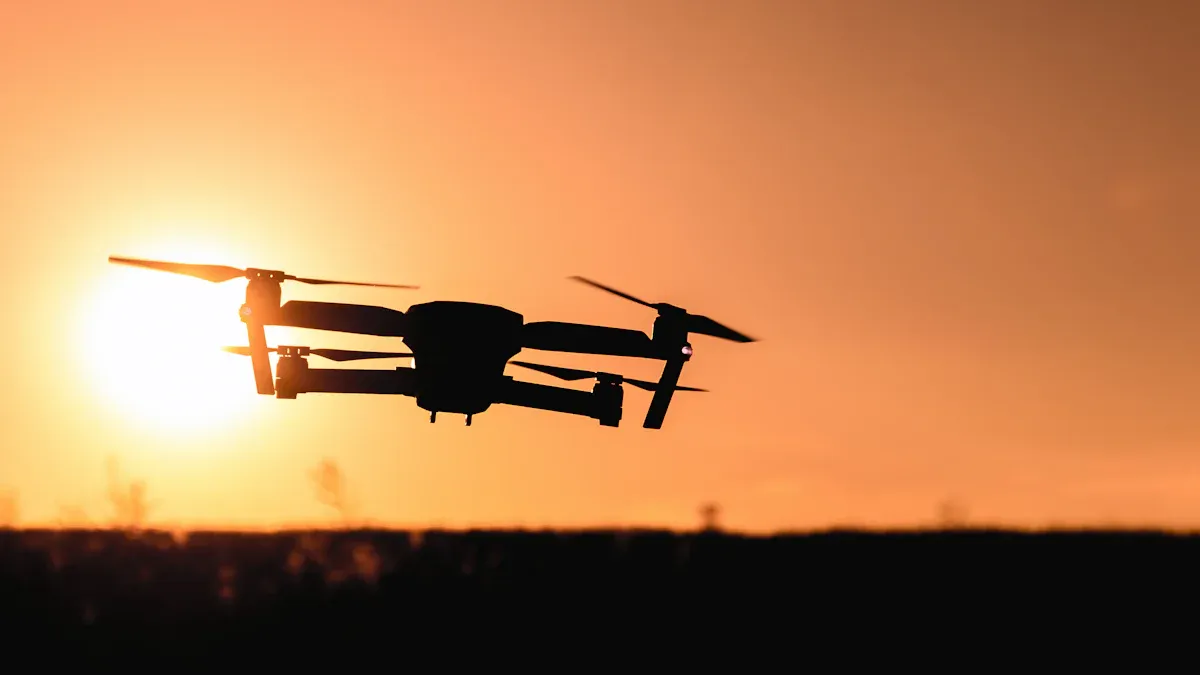
Limitations in Range and Endurance
Standard drone batteries can limit how far and how long your drone can fly. Adding extra weight makes flight time even shorter. Bad weather can also drain the battery faster. The type and size of the battery really matter. Here’s a table showing common battery types and the problems they can have:
Battery Type | Limitations Related to Range and Endurance | Supporting Details |
|---|---|---|
LiPo | Shorter lifespan; needs careful handling | Lightweight, high discharge rates improve flight time, but lifespan and safety concerns limit endurance |
Li-ion | Heavier weight reduces flight time | Higher energy density and longer lifespan, but increased weight lowers endurance |
LiFePO4 | Lower energy density and heavier weight reduce flight endurance | Safer and longer lasting, but heavier and less energy dense, limiting range and flight duration |
Battery Capacity (mAh) | Increasing capacity increases weight, reducing agility and efficiency | Typical consumer batteries (4,500-6,000 mAh) provide 15-35 min; professional batteries (10,000+ mAh) offer 40-60 min but add weight |
Weight Impact | Heavier batteries reduce thrust-to-weight ratio and maneuverability | Weight directly affects flight time and drone agility |
Charging Speed & Lifespan | Limits operational endurance | Slow charging and battery wear over time reduce effective flight duration |
You want your drone to fly longer and carry more, but regular batteries make that tough. Herewinpower’s batteries can solve these issues. They are lightweight yet hold more power, thanks to new materials and smart designs. With these batteries, you can fly farther and longer without weighing down your drone.
Safety and Environmental Constraints
The weather can change how batteries work and how safe they are. Flying in very hot or cold places can be a problem. Humidity and strong wind can also hurt battery life. Here are some things that can go wrong:
Hot weather can make batteries too warm and break them.
Cold weather makes batteries weak and can stop your drone.
Humidity can cause water inside the drone and hurt the battery.
Temperature Condition | Effect on Battery Performance | Effect on UAV Performance | Additional Notes |
|---|---|---|---|
High Temperature (~60°C) | Battery lifetime and discharge capacity drop; risk of damage | Little effect on flying performance | Heat can be reversed |
Low Temperature (< -25°C) | Battery performance drops sharply; drone may not work | Flying performance drops a lot | Damage from cold is harder to fix |
Herewinpower batteries are built to perform safely in all kinds of weather. With smart Battery Management Systems (BMS), they remain stable in hot, cold, or wet conditions, ensuring reliable flights even in challenging environments. Certified to international safety standards, they give operators added confidence.
Herewinpower also designs its advanced batteries with sustainability in mind. Longer lifespans and safer materials mean fewer replacements, consistent power, and a cleaner planet.
Herewinpower Solutions for Drone Logistics
High-Energy Battery Features for Drones
You want drones to fly longer and carry more things. Herewinpower’s high-energy batteries help make this happen. These batteries use materials like Lithium Polymer (LiPo) and Nickel-Cobalt-Manganese (NCM). They are light and strong. Drones can fly longer and carry heavier loads. The batteries work well in harsh environments.
Here are some reasons these batteries are different:
High energy density lets drones go farther.
Light batteries help drones lift more weight.
High discharge current gives fast, strong flights.
Long cycle life means you use the battery many times.
Custom options fit many drone types and jobs.
Batteries work in cold, hot, or wet weather.
Careful engineering and testing keep drones safe.
You can see the technical changes in this table:
Feature / Improvement | Technical Detail / Benefit |
|---|---|
에너지 밀도 | 300 to 450 Wh/kg, over 30% higher than standard lithium-ion batteries |
안전 기능 | Multi-layer protection: overcharge/discharge, short-circuit, temperature sensors, fire-resistant casing |
Design | Soft pack design lowers puncture and fire risks |
Operating Temperature Range | Reliable from -20°C to 60°C |
고속 충전 | 5C charging rate, 80% charge in 30 minutes |
Battery Management System (BMS) | Real-time monitoring, AI for predictive maintenance |
주기 수명 | Over 1000 cycles for semi-solid-state batteries |
인증 | UN38.3, CE, UL international safety and quality standards |
Semi-Solid-State Battery Benefits
Semi-solid-state batteries give drones more power and safety. They use both solid and liquid electrolytes, resulting in higher energy and lower fire risk. Lighter weight improves flight duration and payload capacity.
Look at the benefits in this table:
Benefit Category | 설명 | Key Metrics / Features |
|---|---|---|
Safety Enhancements | Intelligent BMS manages voltage, current, temperature, and cycle life; short circuit protection; over-discharge resistance | BMS features: short circuit protection, smart storage, SOC indication, battery health management |
Energy Density & Weight | Higher energy density; lighter weight improves endurance and payload capacity | Energy density: 275-300 Wh/kg (standard), up to 285 Wh/kg (high voltage version); 15% lighter than conventional batteries |
Cycle Life & Efficiency | Extended cycle life with capacity retention; improved discharge efficiency | Over 1000 cycles retaining >80% capacity; Discharge efficiency: 84% |
Customizability & Application | Custom shapes and sizes fit drone designs; suitable for UAVs and e-VTOL aircraft | Longer flight durations, improved efficiency, safer battery management |
Herewinpower’s advanced batteries deliver high energy and light weight, enabling drones to fly farther and carry heavier loads. Intelligent Battery Management Systems (BMS) monitor voltage, current, and temperature in real time, preventing overcharging, short circuits, and other issues, while AI predictive features help maximize battery life.
These batteries perform reliably in extreme environments—hot, cold, or wet—making them suitable for a wide range of drones, from light UAVs to heavy cargo and high-altitude missions. Certified to international standards like UN38.3, CE, and UL, Herewinpower batteries ensure safe, dependable operation for all drone logistics applications.
Best Practices for Battery Management
Even with high-performance batteries, proper management is essential to maximize safety and lifespan. Follow these best practices for battery selection, handling, and maintenance.
Battery Selection and Compatibility
Picking the right battery is very important for your drones. You need batteries that fit your drone and your job. Here are some easy tips to help you choose:
Choose Lithium Polymer (LiPo) or Lithium-Ion (Li-ion) batteries. Li-ion batteries last longer and keep power steady.
Find batteries that give enough flight time, usually 20–40 minutes. The time depends on how much your drone carries.
Try to balance battery capacity (mAh) with weight. More capacity gives longer flights, but heavy batteries slow drones down.
Make sure the battery voltage stays steady. This helps stop sudden power loss.
Use batteries with smart Battery Management Systems (BMS). These systems check safety all the time.
Tip: Always make sure your battery fits your drone. Herewinpower can test if batteries work with your drone and make custom ones for you.
Safe Handling and Maintenance Procedures
Handling batteries safely helps them last longer and stops accidents. Follow these steps to keep batteries safe:
Charge new batteries all the way before using them. If you store them, keep them at about 70%.
Let batteries cool down after flying before charging again.
Always charge batteries in fireproof bags on a safe surface.
Do not use or charge batteries that are swollen, leaking, or broken.
Only use chargers that the battery maker says are safe.
Store batteries in cool, dry places away from sunlight.
Label batteries so you know how much they have been used and charged.
Here is a table to help you remember what to do:
Task | What to Do |
|---|---|
Charging | Use fireproof bags, never leave unattended |
Storage | Keep at 40–70% charge, cool and dry location |
Inspection | Check for swelling or damage every month |
Cleaning | Wipe contacts to prevent corrosion |
Monitoring and Predictive Maintenance
You can help batteries last longer by checking their health often. Smart tools and BMS watch battery data in real time. They warn you if something is wrong before it gets bad. Machine learning can find early signs of battery wear, so you can fix problems early.
Use real-time checks to watch voltage, temperature, and charge cycles.
Rotate batteries so each one gets used the same amount.
Plan when to fix or change batteries based on their condition, not just time.
Herewinpower’s AI-powered BMS helps you know when to replace or fix batteries. This helps you avoid problems and keeps drones working.
Note: Good battery care keeps your Drone Logistics fleet safe, working well, and ready for every job.
Future Trends in Drone Logistics Power
Emerging Battery Technologies
Drone batteries are evolving quickly, enabling drones to fly longer, carry heavier payloads, and operate safely in various environments. Semi-solid-state batteries provide high energy, enhanced safety, and durability, making them ideal for long-range cargo drones. Lithium Polymer (LiPo) and Nickel-Cobalt-Manganese (NCM) batteries are light, reliable, and long-lasting, suitable for fast deliveries and medium-range missions. Silicon anode lithium-ion batteries are expected to offer even higher energy and longer flight times, supporting heavy-lift and survey drones.
Fast-charging technology allows batteries to reach 80% in about 30 minutes, reducing downtime, while battery swapping hubs and local production help maintain continuous operations at lower costs. Different drones benefit from different batteries: light batteries are ideal for city deliveries, while larger batteries suit long-range or heavy payload operations. Advanced Battery Management Systems (BMS) ensure safe and reliable performance even in harsh conditions.
Integration with AI and Automation
Drones are becoming smarter with AI and automation:
AI-enabled BMS monitors battery health in real time, predicting maintenance needs.
Flight paths can adapt to save power and avoid adverse weather.
Smart systems can switch between solar and battery power to extend endurance.
Autonomous operations reduce costs and improve fleet efficiency.
Leveraging Herewinpower’s advanced batteries and AI-powered management systems, your drone fleet can achieve longer flights, carry heavier payloads, operate safely in extreme conditions, and perform more efficiently across urban deliveries and heavy-lift missions.
자주 묻는 질문
What makes Herewinpower batteries safer for drones?
You get advanced safety features like smart Battery Management Systems (BMS). These systems watch for overheating, overcharging, and short circuits. You can trust your drone to fly safely in many conditions.
How do I choose the right battery for my drone?
You should check your drone’s size, weight, and flight time needs. Pick a battery that matches your drone’s voltage and capacity. Herewinpower can help you test for the best fit.
Can I use herewinpower batteries in cold or hot weather?
Herewinpower batteries work from -20°C to 60°C. You can fly your drone in cold winters or hot summers. The batteries keep strong performance in tough weather.
How fast can I charge herewinpower drone batteries?
You can charge up to 80% in about 30 minutes with 5C fast charging. This means you spend less time waiting and more time flying your drone.
What should I do to make my drone batteries last longer?
Tip: Store batteries at 40–70% charge. Let them cool before charging. Use only approved chargers. Check for damage often. Rotate your batteries so each one gets used evenly.
참고 항목
Innovative Drone Battery Options For Cargo Delivery In Australia
Unveiling The Strength Of Drone Batteries In Logistics
Efficient Lightweight Batteries Designed For Aerial Drone Use
Herewin’s Tailored Battery Solutions Boost Heavy-Lift Drone Performance
Powering Industrial Heavy-Lift Drones With Herewin Battery Solutions

